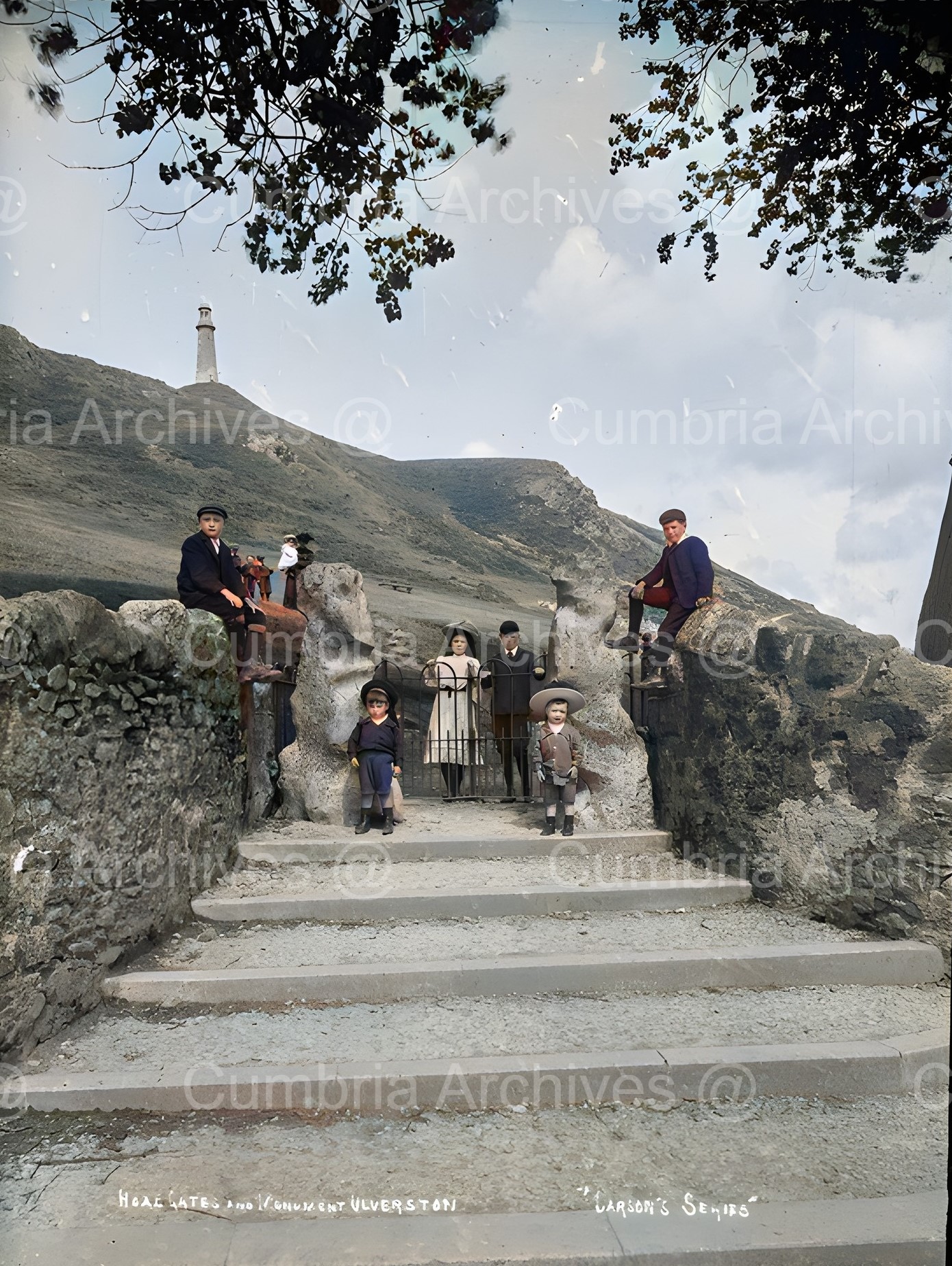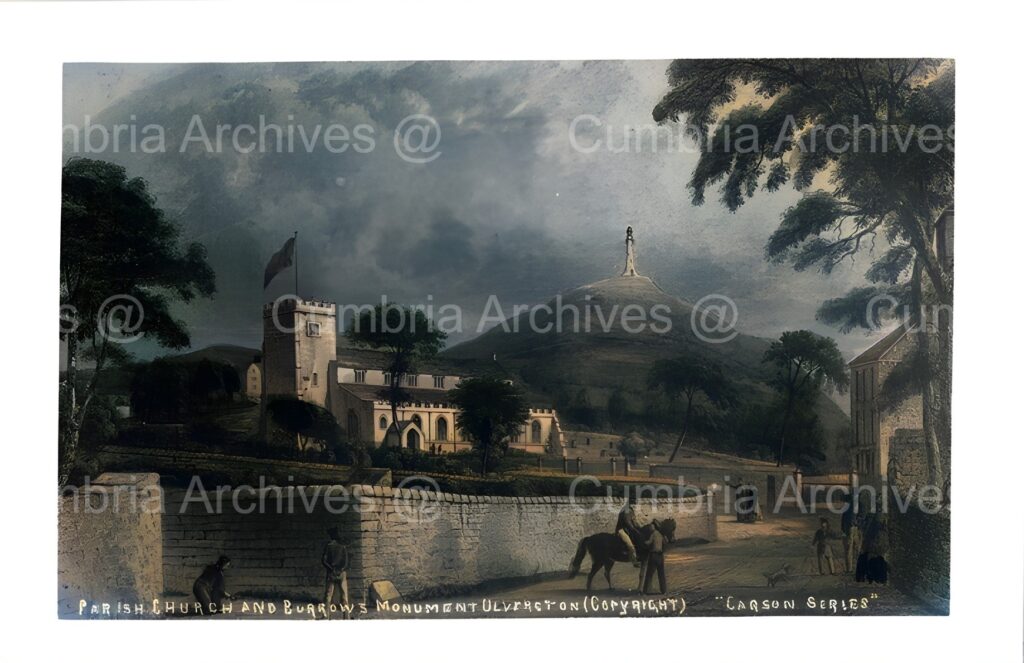
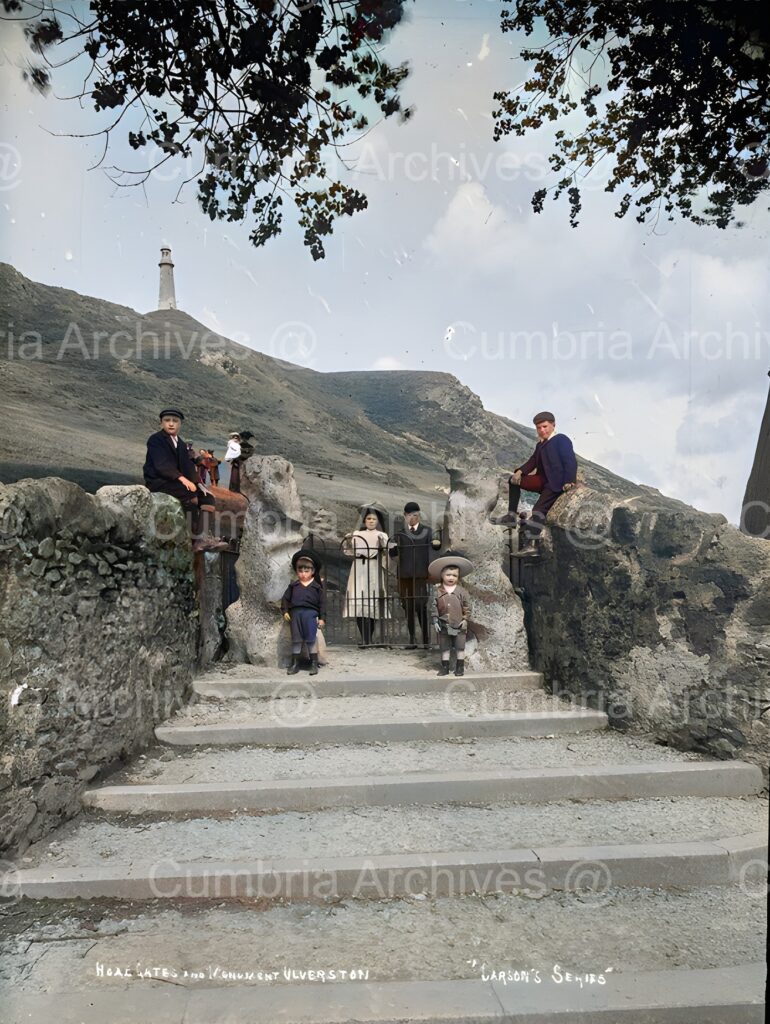
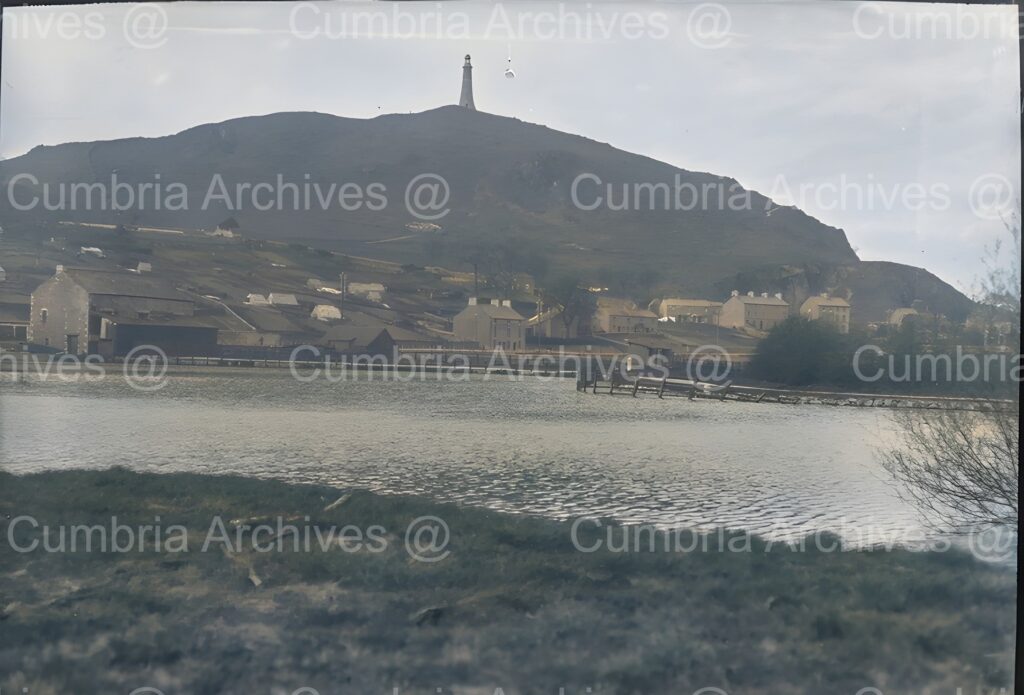

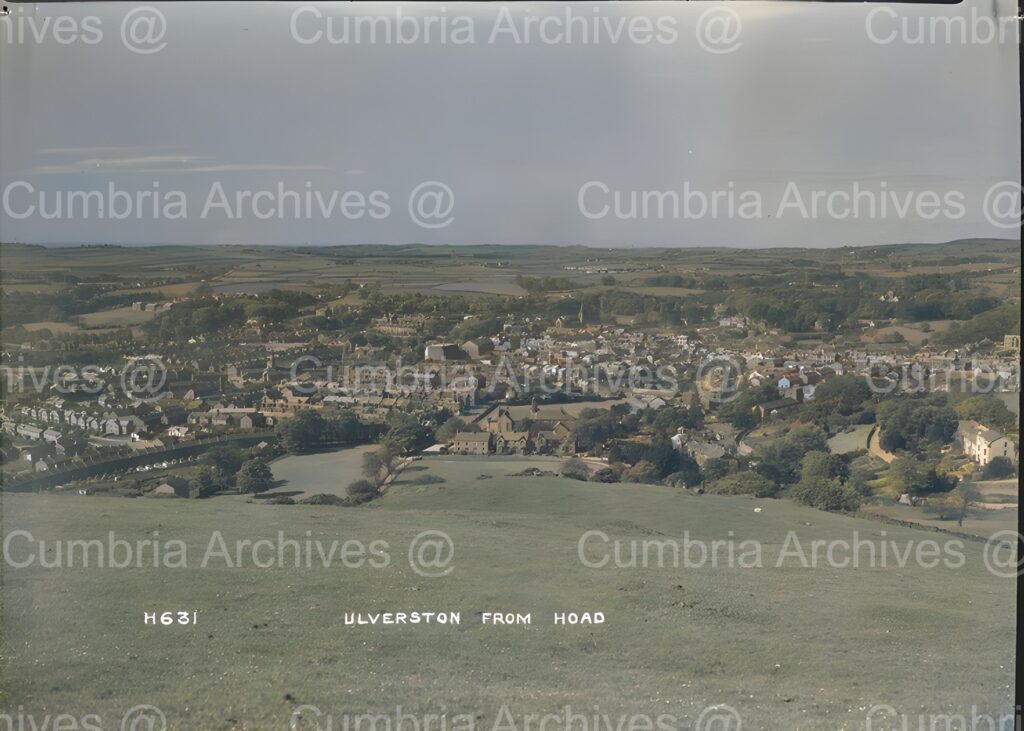
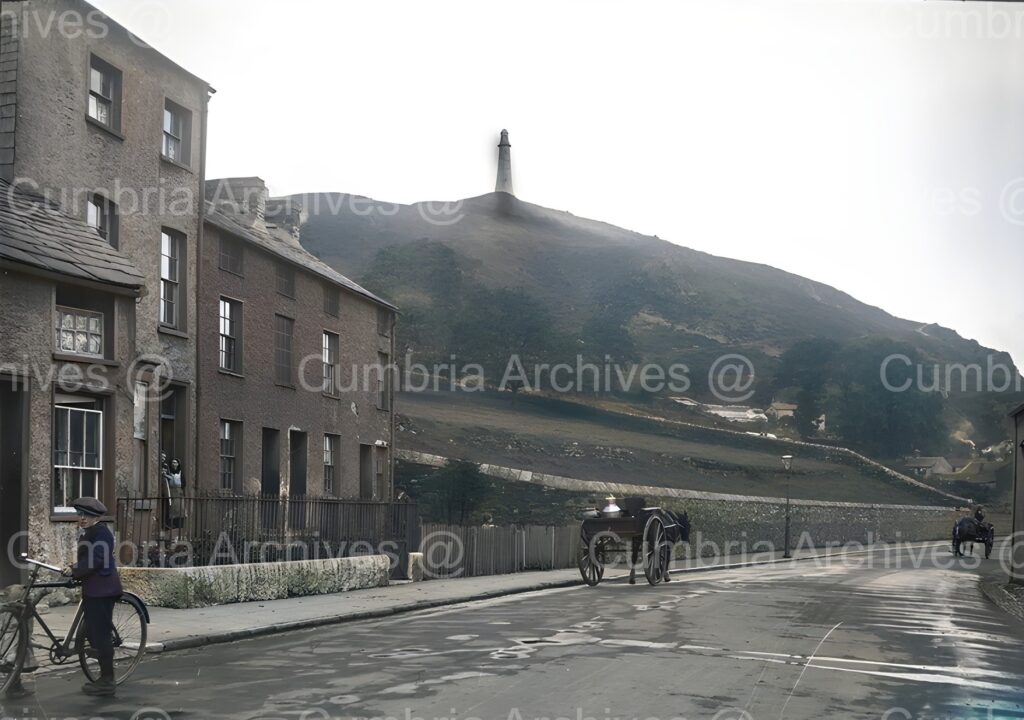
High above the rooftops of Ulverston, where winding footpaths lead through waving grasses and the sky opens wide over rolling Cumbrian hills, stands a striking limestone tower. From a distance, it resembles a lighthouse—stoic and solitary, watching over land and sea. Yet this iconic structure, perched proudly atop Hoad Hill, is not a lighthouse at all.
This is the Sir John Barrow Monument—locally known as the Hoad Monument, or fondly, the “Lighthouse without a Light.” And in January 2026, it will celebrate an extraordinary 175 years since its completion.
A Tribute to Exploration
The monument was built in honour of Sir John Barrow (1764–1848)—an Ulverston-born explorer, writer, and one of the founding members of the Royal Geographical Society. He served as Second Secretary to the Admiralty and was instrumental in promoting British polar expeditions during the early 19th century.
A man with a restless mind and an unshakable commitment to expanding geographical knowledge, Barrow helped map the unknown corners of the globe. His memory deserved a fitting tribute—and the people of Ulverston delivered.
Inspired by the Sea
The tower’s design is based on John Smeaton’s Eddystone Lighthouse, a famous maritime landmark. It’s no coincidence. Though the Hoad Monument has never had a working light, its shape was chosen to symbolise Barrow’s deep connection to navigation and discovery.
So much so, in fact, that Trinity House—the authority responsible for UK lighthouses—contributed £100 towards its construction, on condition it could be adapted as a lighthouse in future if required.
Laid in Stone and Community Spirit
The foundation stone was ceremonially placed on 15th May 1850 by Barrow’s two sons, Sir George and John Barrow, as more than 8,000 people gathered on the hillside in celebration. The tower was completed less than a year later on 9th January 1851.
Constructed from limestone quarried at Birkrigg Common, just a few miles from Ulverston, the monument cost £1,250—a significant amount at the time (equivalent to around £160,000 today). It was almost entirely funded by public donations.
Climbing the Tower: A Sensory Experience
Step inside, and a different world awaits. Cool stone walls hug a narrow spiral staircase of 112 steps, winding tightly as you ascend. Footfalls echo softly; the scent of damp stone lingers in the air. With every step, the outside world falls away—replaced by anticipation.
At the top, you emerge into the lantern chamber, now enclosed with glazing to protect from the elements. From here, the panoramic views are nothing short of breathtaking. The Lake District fells, Morecambe Bay, and Ulverston’s red-tiled rooftops stretch out like a painting in every direction. In spring, the hill blooms with wildflowers. In autumn, mist swirls around its base, giving it an almost mythical presence.
Struck by Lightning: A Dramatic Beginning
Just 21 days after its completion, on a stormy January night in 1851, the monument was struck by lightning. The violent flash cracked across the sky, striking the lantern and damaging the newly finished tower. It was a dramatic and rather ominous start to the monument’s life.
Thankfully, the damage was repairable, and a lightning conductor was installed soon after to prevent future strikes—a safety feature that remains in place to this day. It’s a reminder that even stone towers need protection from nature’s unpredictability.
Restoration and Rebirth
Time and weather took their toll. In 1969, the monument was encased in reinforced cement to help preserve its structure. Still, by 2003, it had deteriorated enough to be closed to the public for safety.
But the people of Ulverston wouldn’t let it fade into history. A major restoration project began in 2009, with generous support including a £891,000 grant from the Heritage Lottery Fund. The work involved stripping away the cement casing, repointing the original stonework, and fitting a new copper roof—returning the tower to its former beauty.
On 22nd August 2010, the monument was proudly reopened by Sir Anthony Barrow, the 7th Baronet of Ulverston.
A Living Landmark
Now a Grade II listed building*, the monument is open to the public on Sundays and Bank Holidays from April to October, marked by the flying of a flag from its summit. Inside, interpretive panels tell the story of Sir John Barrow’s life and the monument’s construction.
Beyond the tower, Hoad Hill itself is a place of peace and perspective. Families picnic on its slopes. Children climb and play. Artists come to sketch. Walkers pause to catch their breath and gaze across the land Barrow once called home.
A 175th Birthday Approaches
As 9th January 2026 draws near, the Sir John Barrow Monument will mark 175 years since its completion—a remarkable age for such a unique structure. It has stood through revolutions, wars, and changing generations, always watching, always waiting.
To truly appreciate its legacy, take time to visit the Barrow Archives, where fascinating historical documents, original blueprints, letters, and early photographs reveal the full story of its creation and the remarkable man behind it. It’s an eye-opening journey through local history, and an ideal companion to your visit up the hill.
Climb. Discover. Celebrate.
Whether you ascend its winding stairs, admire it from afar, or delve into the archival records that preserve its story, the Sir John Barrow Monument continues to captivate.
This coming year, why not make it part of your own adventure? Climb the hill. Touch the stone. See the view. Visit the archives. Be part of a story that spans 175 years—because some landmarks don’t just stand tall. They stand for something greater.
Ulverston #HoadMonument #SirJohnBarrow #VisitCumbria #BritishHeritage #BarrowArchives #175YearsStrong #UKLandmarks

